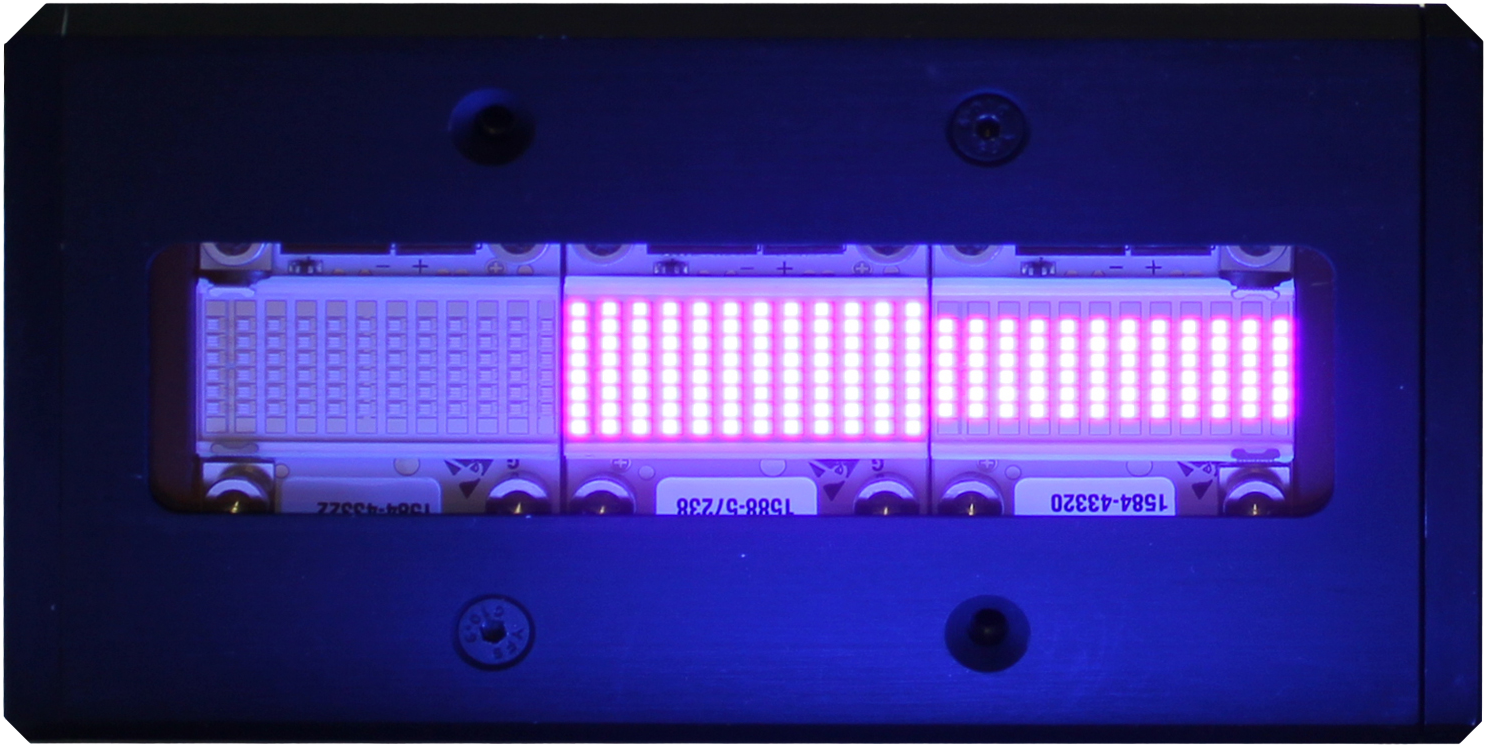In the realm of UV LED curing technology, addressability points have emerged as a ground-breaking feature that offers numerous advantages. Addressability refers to the ability to precisely control the UV LED curing length to match the required curing width.
This article explores the significant benefits of addressability in UV LED curing systems, ranging from energy savings to enhanced performance and reduced wear and tear.
Customized Curing Length
One key advantage of addressability is the ability to set the UV LED curing length to match the required curing width. This flexibility allows for precise and efficient curing, ensuring optimal results for various printing applications. By adapting the curing length to the specific requirements, manufacturers can achieve consistent and uniform curing across different substrates and printing conditions.
Energy Efficiency
Addressability directly contributes to reduced energy consumption. By adjusting the illuminated length of the UV LED array, energy usage is proportionally reduced. For instance, if the curing width is halved, the power consumption is also halved. This energy-saving feature not only reduces operational costs but also promotes sustainability and environmental responsibility.
Decreased Heat Load on Substrate
Although UV LED systems emit light in the UV part of the electromagnetic spectrum, they still produce a considerable amount of energy. When this energy is absorbed by the substrate, it is converted into heat. Addressability helps mitigate this issue by reducing the length of the UV LED array. By minimizing the absorbed heat, the risk of substrate damage, such as warping or delamination, is significantly reduced.
Minimized Heat on Machine Parts
With non-addressable UV LED systems, UV energy will be absorbed by machine parts not covered by the substrate. This absorbed energy can cause increased heat, leading to wear and reduced lifespan of machine components. Addressability mitigates this problem by precisely matching the curing length to the substrate width. Consequently, the heat transferred to the machine parts is minimized, resulting in more uniform heat distribution and prolonged machine life.
Energy-Saving Switching
Another advantage of addressability is the ability to switch UV LED curing between repeats or parts. By turning off the UV LED array during idle periods, energy consumption is reduced in direct proportion to the “off” time. This switching not only saves energy but also minimizes heat absorption by machine parts and reduces UV damage to susceptible materials, such as rubber and plastics.
To illustrate the potential energy savings, let’s consider an example:
• Full web width: 520mm
• Number of colours: 8
• UV heads/rows: 8
• Actual web width: 250mm
• Power per LED head: 4230 watts
By applying addressability:
• Curing width reduction: 50% (250mm/520mm)
• Power reduction: 50% of 4230 watts = 2115 watts
• Total power reduction for 8 heads: 2115 watts x 8 = 16920 watts (16.9 kW)
Addressability in UV LED curing systems offers a range of benefits, including customized curing length, reduced energy consumption, decreased heat load on substrates, minimized heat on machine parts, and energy-saving switching capabilities.
These advantages make addressability a valuable feature in industrial inkjet printing applications, providing enhanced efficiency, improved print quality, and extended machine lifespan. Embracing addressability in UV LED curing systems enables manufacturers to optimize their operations, reduce costs, and achieve sustainable printing practices.



